So I decided to search “Christmas in Doulaincourt 1918″…

At first I was excited to see the name Theodore Lenz in the first result that came up. Hey! Somebody else wrote about Theodore Lenz? This is too cool, I thought. I’m going to learn something more about one of Grandpa Johnson’s army buddies. I was about to click on the article when I realized…I wrote it. If you’re just joining us, it’s part of my “series” about “Grandpa’s Book”. You can see Part 1 here, and Part 2 here.
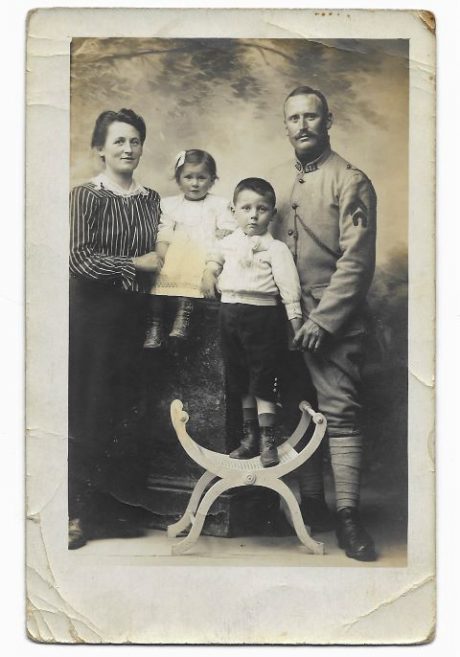
Christmas 1918 found the Augustana bandsmen of the 123rd Field Artillery in Doulaincort, France, where Emil and Theodore Lenz were billeted (along with goats and rabbits) in the back room of the Bougnot family (above), who were refugees from Alsace-Lorraine. It was here they repaired toys and gave a Christmas party for the children. (More on that in Part 2.) But Christmas 1918 would not be the first one that Emil would spend away from home.

In 1917 the bandsmen were still in training at Camp Logan in Houston, Texas. It was one of the coldest winters ever in Houston, and there was a coal shortage in Michigan, which was affecting train travel. In a letter dated December 10, 1917, Emil’s brother Nels Ivar explains that while they would love to have him come home, their parents felt it wouldn’t be a wise decision considering the circumstances.
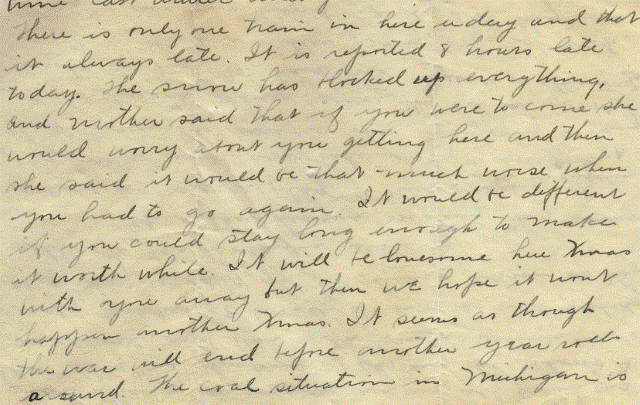
Their mother, Anna Caroline, said she would be worried about him the whole time he was on his way, and that it would be even worse when he had to go back. Having been “Raised By Swedes”, I would have agreed with her wholeheartedly. However, even though he, too, was raised by Swedes, Nels Ivar optimistically predicted that the war would be over by the next Christmas.

John Alfred, age 30 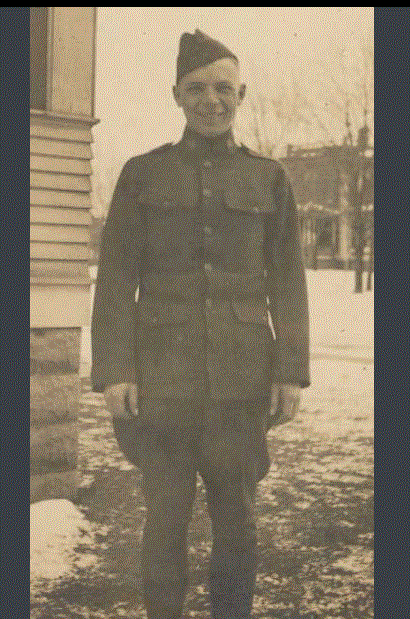
Nels Ivar, age 27
Nels Ivar was 27 when he registered for the draft in June of 1917. Emil wrote that his father had three sons of military age by the time the war started: John Alfred, Nels Ivar, and Emil himself. Emil actually managed to meet up with Alfred in France and spend a day with him. That story is super interesting, but for a different post. Emil wrote: My other brother, Nels, unfortunately, was kicked by a horse while in training with the artillery. Nels was forced by this to spend his enlistment in the United States. That’s about all I know of Nels Ivar’s military years. I have yet to find out what division he was in and where he trained.

John Alfred was in the 125th Infantry, and sailed for France on February 9, 1918. In the last paragraph of his Dec.10 letter, Nels mentions that they have heard from him (commonly referred to by the siblings as “Alf”) and that he was supposed to be leaving for France in 4 weeks. It ended up being a little more than four weeks, but by March of 1918 their father, Nels Sr., wrote that Alfred was in France but was not allowed to say where. (Letters to Emil, Part 1)

On January 10, Kermit (who would turn 9 in May) wrote about the family’s first Christmas without Emil. He pointed out that Nels and his wife Hilda (who had been married in June of 1917) were there on Christmas Eve. After telling what he had gotten for Christmas, Kermit noted that “Mother cried in church and nearly the whole Christmas day because you wer’nt (sic) home so it was’nt (sic) a very happy Christmas for Mother.” At the end he added “P.S. excuse me for skipping them two pages.” Yet, Emil managed to have an eventful and entertaining Christmas in Texas.

Ed Swedberg and Paul Pearson
Paul returned on the USS America in 1919
From his book: As Christmas approached, while we were yet in Houston in 1917, there was much talk about attending “julotta” [a traditional Swedish celebration] in Galveston. We had no church of our synod in Houston. Several decided to go. There was one thing, however, everyone forgot about, except me. They had no money when the time came. I reasoned it would require about $5.00, and so I managed to save that amount. Not wanting to go alone, I offered to split fifty-fifty with Paul Pearson, whose father was a Lutheran pastor in Concord, Nebraska.

In Galveston Emil and Paul stayed in a mosquito-ridden “third rate hotel” but managed to get to the Zion Lutheran church in time for the Julotta service. Afterwards they were invited out to lunch, for which they decided to have oyster stew. (Since I had no pictures of this, we must all be content with a photo and recipe from Pinterest. Click here if you decide to make some.) They had enough money to pay for their meal, but then they encountered a slight problem. [The oyster stew] cost only 25 cents. There was enough left for that, and ten cents over for streetcar fare back to camp from the inter-urban station. However, Paul put in an order for oyster stew with cream. That cost five cents more. Now I only had a nickel left. In exasperation I told him, “When we get back to Houston, one of us is going to walk back to camp, and it won’t be me.” Paul laughed and had a lot of fun.
I searched “Galveston Interurban station” and I found these photos, along with some interesting facts. In part, I learned that “Interurban” was a made up word, and that construction on the electric railway was begun in 1910 to connect the cities of Galveston and Houston. It only took a year to build, and the cars could travel at a speed of 60 miles per hour. This made it possible to get from Galveston to Houston in just over an hour (75 minutes according to Wikipedia). For more information click here: TexasEscapes.com.
Emil continued: Divine Providence again. When we stood up to leave the interurban, I looked down, and there was a nickel on the floor. I picked it up and we both rode back to Camp Logan. When we got back to camp, Paul had a letter waiting for him from his father, Rev. Pearson, with a five dollar bill enclosed. This arrived too late for the “julotta” trip to Galveston. We hiked back to town, ate a dozen fried oysters, and fresh figs. The fried oysters sound okay, but to me they don’t sound like they’d be good with fresh figs. We know that Emil always did like figs, and I don’t care for them, so that might explain my “culinary opinion”.
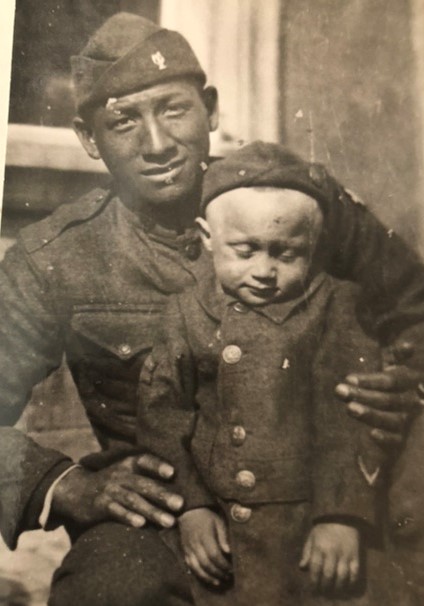
Joe Two Eagle with little Jule Bougnot. 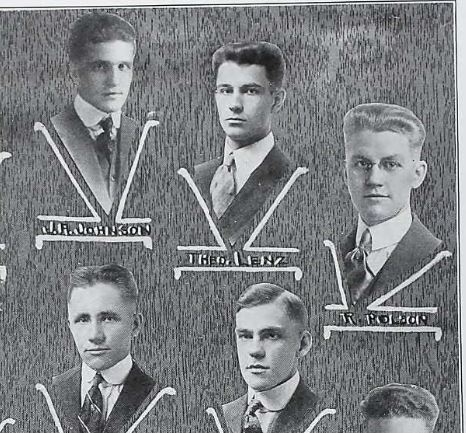
Theo Lenz played Le Pere Noel for refugee children.
By the next Christmas, Emil, Theodore Lenz, Joe Two Eagle and others would be with the Bougnot family in Doulaincort, Hte. Marne. We’ll find out about that in Part 2.
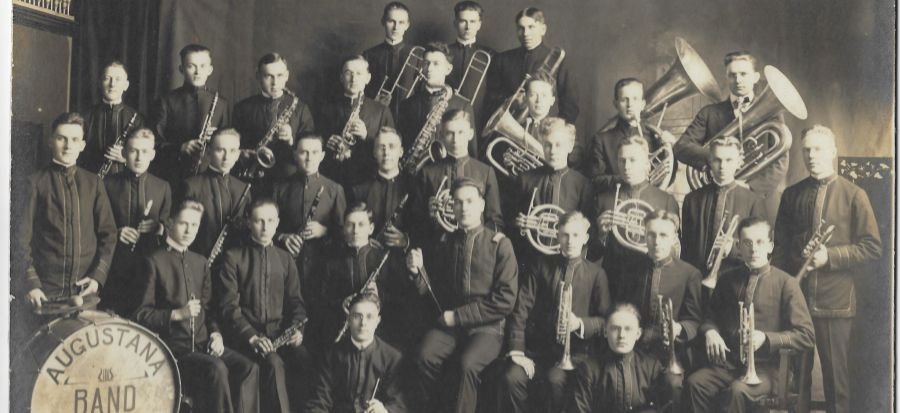
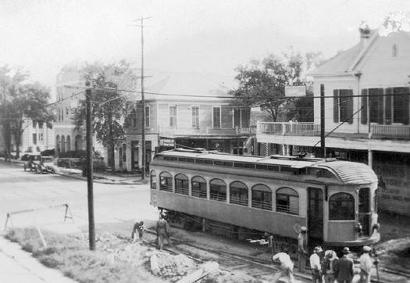



Thank you for sharing this. Absolutely fascinating. I hope Paul enjoyed his walk back to the camp 😉
Thanks! I’m glad you liked it. Actually since they found the nickel at the station I think Paul got out of walking that time. 😋
How funny, bless him 🤭
Fascinating, Debra! These personal stories and letters really bring history alive, plus a made up word and a recipe, which I might try if an abundance of oysters happens to fall into my lap. Fried oysters and fresh figs sounds like a winner to me too, but I’ll have to wait until next fig season. 🙂
Thanks Chris! The more I work on this, the more I wish I had asked my grandpa more about these things. It never occurred to me, at that age I was busy asking him about his parents and our family’s origins. But I’ve been amazed at the info I have been able to figure out so far. I’m really glad he wrote the book or we’d never know this stuff. 😋
This is all so cool! And it made me crack up a few times 😄 I love the handwriting, by the way 🙂
Thanks! Yeah I’m so glad I have those old letters because it really makes things seem more personal than just regular history. 😀
Lulu: “Sixty miles an hour?! Insanity!”
Foster: Yeah we thought that was a little fast for 1917 too!
Thank you for the wonderful post and fantastic pics! I love reading stories-of-yor and the pictures just add more interest for me. The one thing that has always cracked me up about old pics is how the young look sooo much older in the pictures?? We had a house fire that took all of my saved family pictures (had a huge box of them that I “was” going to put into photo albums-boohoo), but family has shared some and Ancestry.com had some of my grand parents that I never saw before. The stories behind the faces are most interesting. Thank you for the memories!
😀 I’m glad you enjoyed it! I’ve always thought that too, about young people looking so old in pictures back then. I wonder if it was because they had to grow up faster than the later generations, or was it something about the hair and clothing styles? I am SO sorry you lost your family photos! Ancestry.com comes in handy, I’ve found some pictures of my family in there that I’d never seen, too. I’ve even found photos of my family on unrelated people’s Ancestry, because they identified them in photos as friends of their relatives.
Amazing! I know nothing about traveling all over the country, what a wonderful looking place to explore.
Visit website: “https://www.ridetransferdirect.com/”.